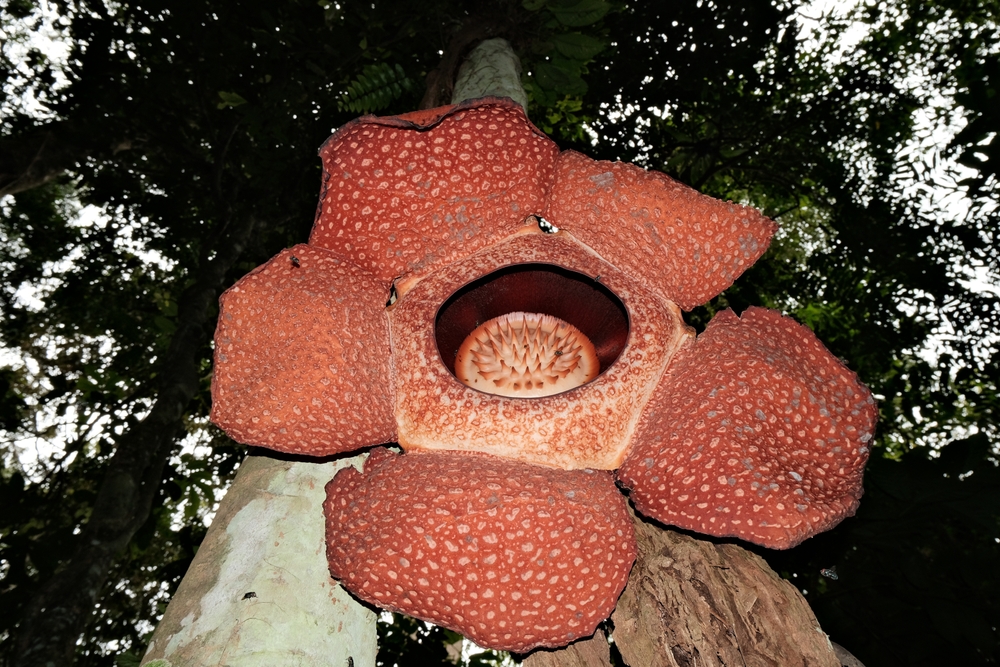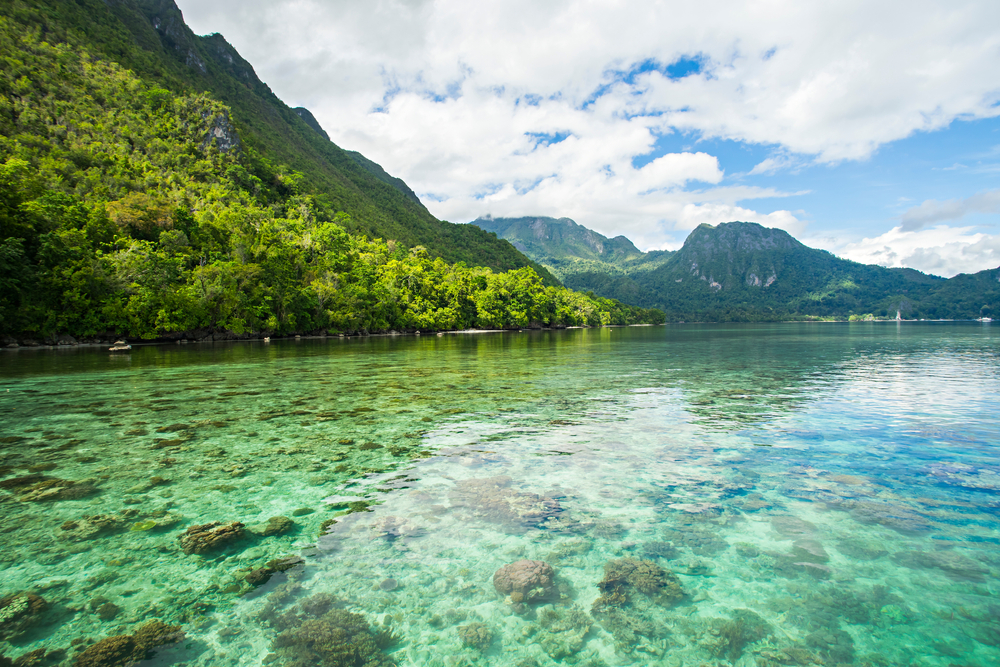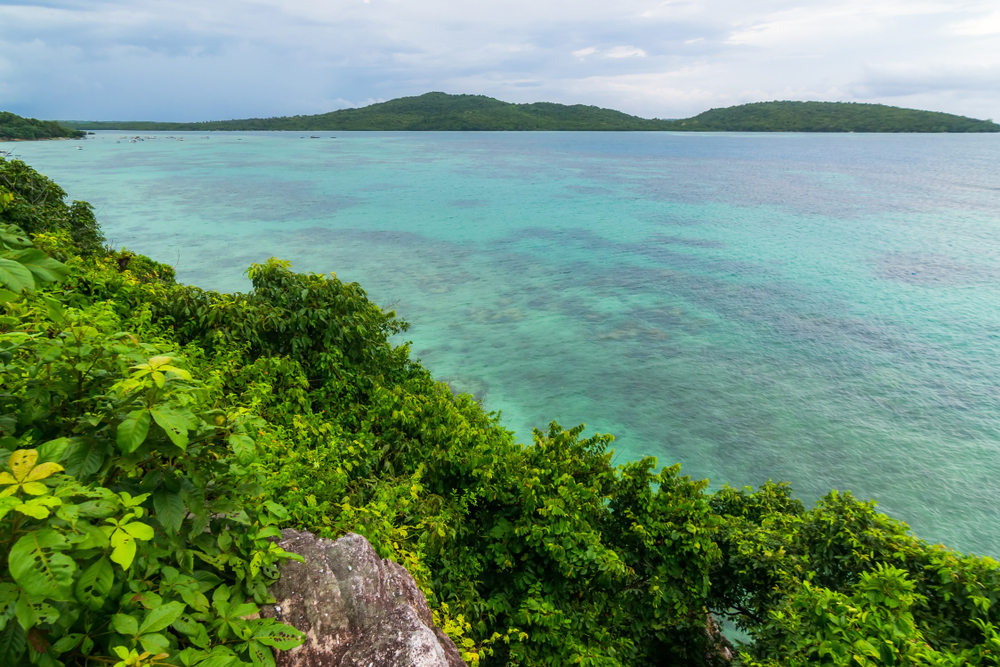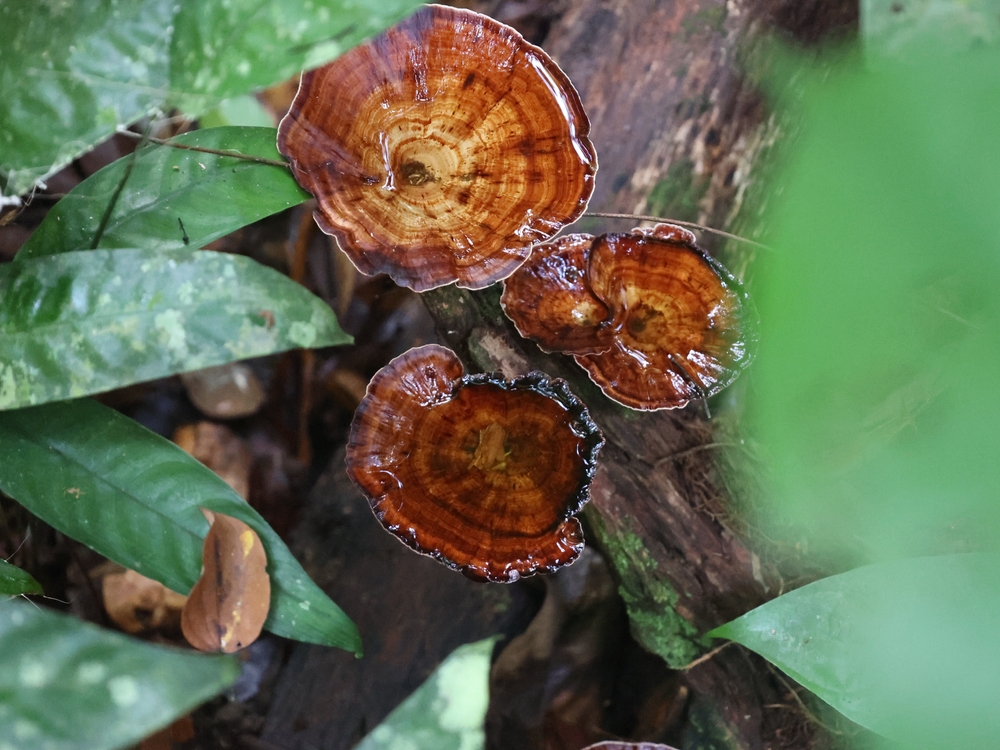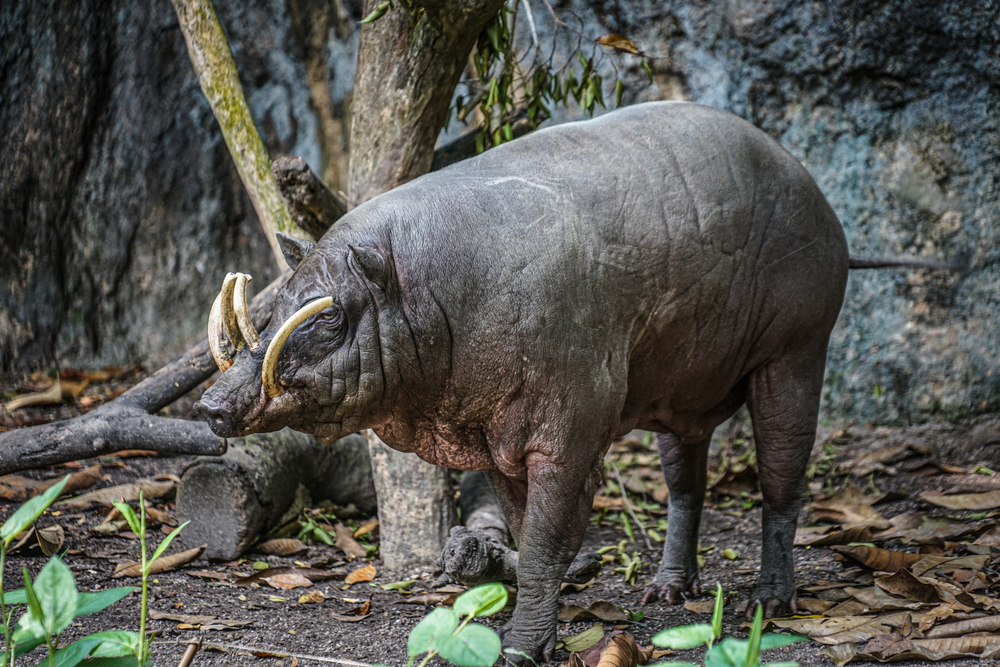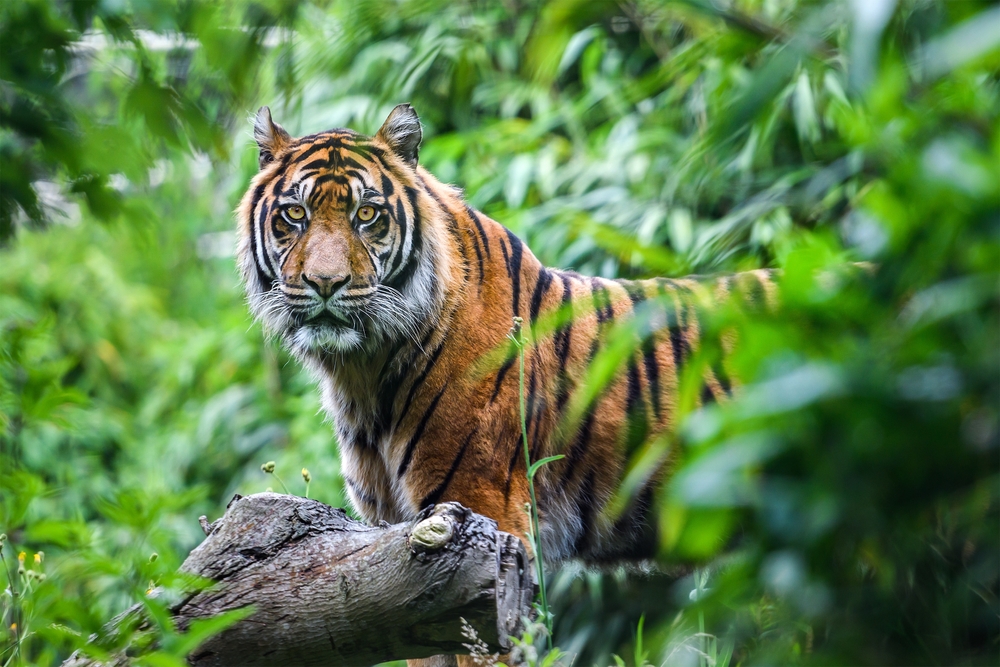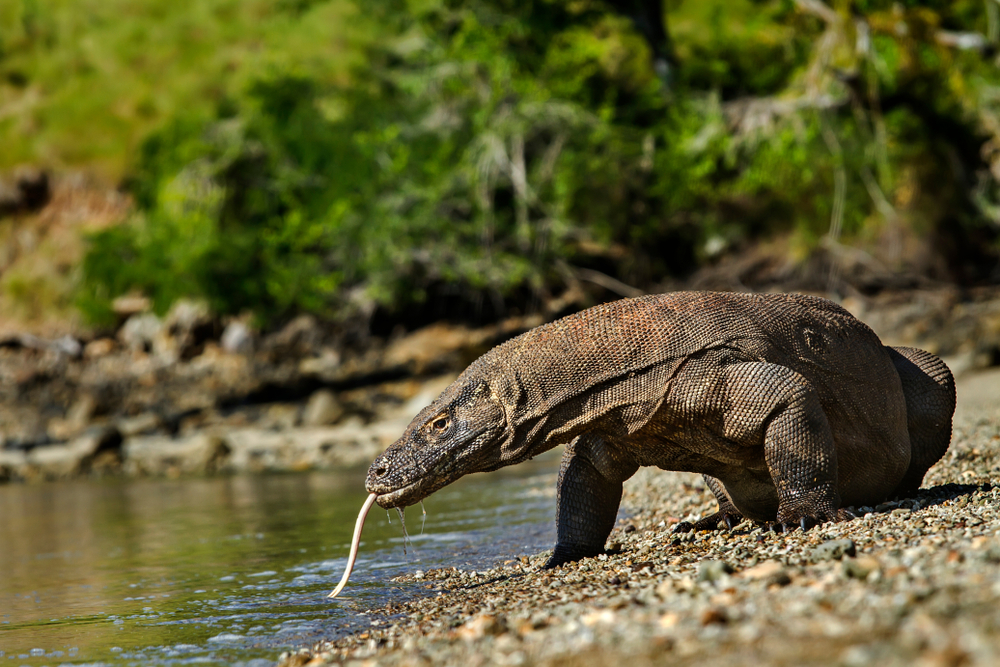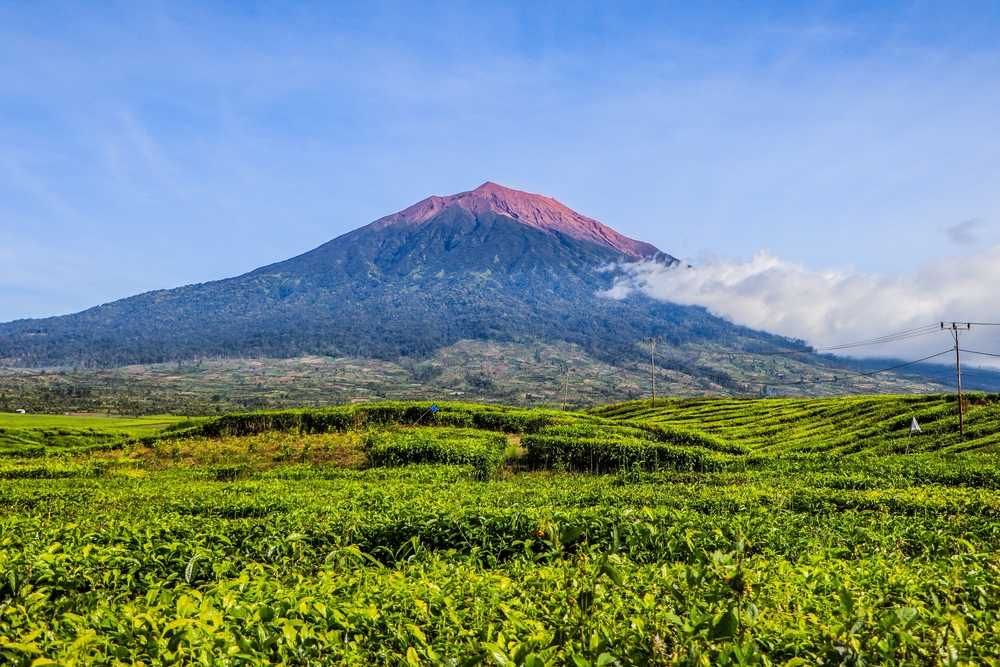Bukit Barisan Selatan Overview
Bukit Barisan Selatan National Park, locally known as Taman Nasional Bukit Barisan Selatan, is a vital conservation area located on the southern tip of Sumatra, Indonesia. The park spans approximately 1,375 square miles (3,567 square kilometers) and is part of the UNESCO-listed Tropical Rainforest Heritage of Sumatra.
Nestled along the Bukit Barisan Mountain Range, which forms a backbone along the length of Sumatra, the park’s diverse landscapes include dense lowland and montane rainforests, swamp forests, and coastal ecosystems.
The terrain is characterized by dramatic ridges, valleys, and rugged peaks, with several mountains, such as Mount Sekincau and Mount Pulung, adding to its dramatic topography. Numerous rivers meander through the park, creating waterfalls and fertile habitats for its rich biodiversity.
The lush vegetation ranges from towering dipterocarp trees to orchids and ferns, forming a dense canopy that sustains life at every level. The park’s mangroves and coastal areas add another layer of ecological diversity, supporting species unique to these environments.
Wildlife thrives in Bukit Barisan Selatan, and it is among the last refuges for critically endangered species. The park is home to iconic mammals like the Sumatran tiger (Panthera tigris sumatrae), the elusive Sumatran rhinoceros (Dicerorhinus sumatrensis), and the Asian elephant (Elephas maximus sumatranus), all of which are critically endangered due to habitat loss and poaching. Other mammals, such as sun bears, clouded leopards, and agile gibbons, can also be found within its borders.
Birdlife is equally diverse, with over 300 species recorded, including the striking rhinoceros hornbill and the rare white-winged duck. These creatures coexist in one of the most biologically diverse habitats on Earth.
Visitors to the park are drawn by its pristine beauty and opportunities for exploration and wildlife encounters. Popular features include the Way Canguk Research Station, a hub for studying the park’s ecology and conservation, and the Sukaraja Atas Trail, offering panoramic views of the surrounding landscapes. The beaches along the park’s southern boundaries, such as Tampang Belimbing Beach, provide unique coastal experiences, including turtle nesting sites.
Bukit Barisan Selatan National Park can be explored through guided trekking, birdwatching tours, and educational visits to its research stations. Engaging with local guides enhances the experience, as their knowledge of the flora and fauna enriches visitors’ understanding of this biodiverse haven. Conservation challenges, however, persist, as deforestation, encroachment, and poaching threaten the park’s ecosystems.
Despite these difficulties, concerted efforts by the Indonesian government, NGOs, and local communities have resulted in successes, such as increased awareness, habitat restoration projects, and anti-poaching initiatives.








































































